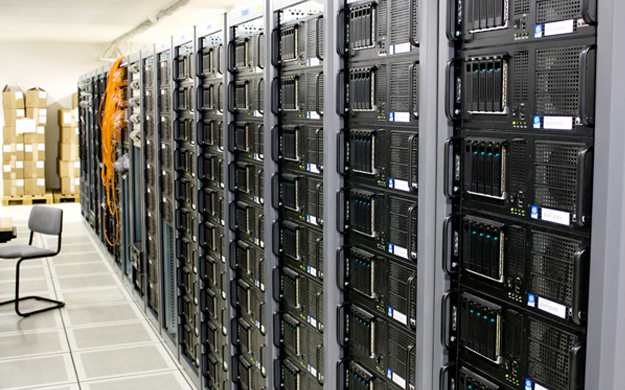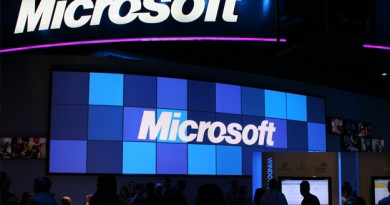The 25 Gigabit Cure for Data Center Oversubscription
With reduced hardware costs and more flexible lanes in the physical architecture, 25 Gigabit Ethernet may offer answers in oversubscribed data centers.
“The more things change, the more they stay the same.” That’s what everyone has always said, that’s what conventional wisdom has always held, and that’s the mantra those of us who have been in the networking industry long enough have held as our religion. Not anymore.
Today, our new talisman against oversubscription may become 25 Gigabit Ethernet (GbE).
Networking speeds and feeds, for instance, always incremented in fairly predictable ways on the LAN: 10 Mbps gave way to 100 Mbps, which gave way to 1 Gbps and so on through 10, 40 and now 100 Mbps. While not exciting, and not always welcome for those of us who had to buy optics to support these increases, it was all fairly predictable.
In that same vein, wireless was increasing its speeds over time, but it always lagged behind wired clients at the access layer. Most wired clients these days are connected at 1 Gbps, as that seems to be the sweet spot for now, and nobody wants the expense of upgrading cable plants, NICs, etc., just so the funny cat videos can arrive faster on end users’ screens.
We now find ourselves at something of a crossroads. For the first time since its advent, consumer wireless has outpaced the generalized ability of our infrastructure to support it. Most wireless radios are connected back to an access port, via a Cat-5e cable running at 1 Gbps. Some cable plants have different cables, perhaps even Cat-6. All common cabling, however, has a 1 Gbps maximum throughput.
With wireless radios now moving into 802.11ac running at more than 1 Gbps, a problem starts to emerge. Because today’s radios offer higher and higher densities, the backhaul connection from each radio to the wired switch fabrics are severely oversubscribed. Can 20 different people connect to a radio at 1 Gbps each and reasonably expect any kind of performance from a radio with only a single 1 Gbps connection itself?


